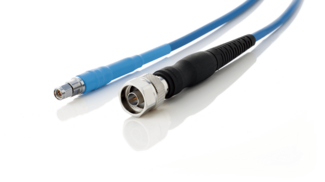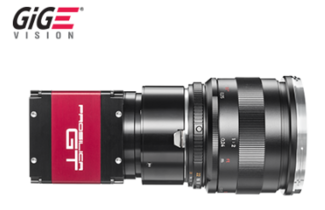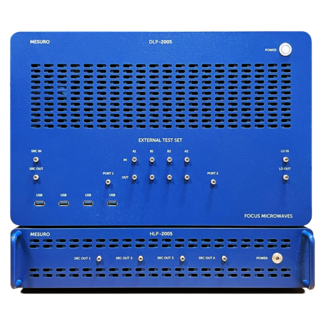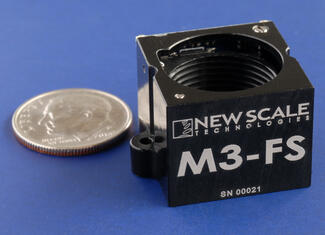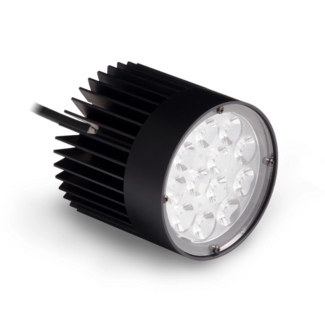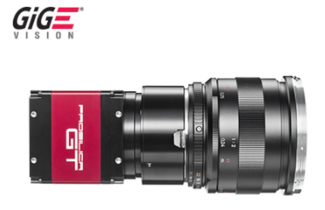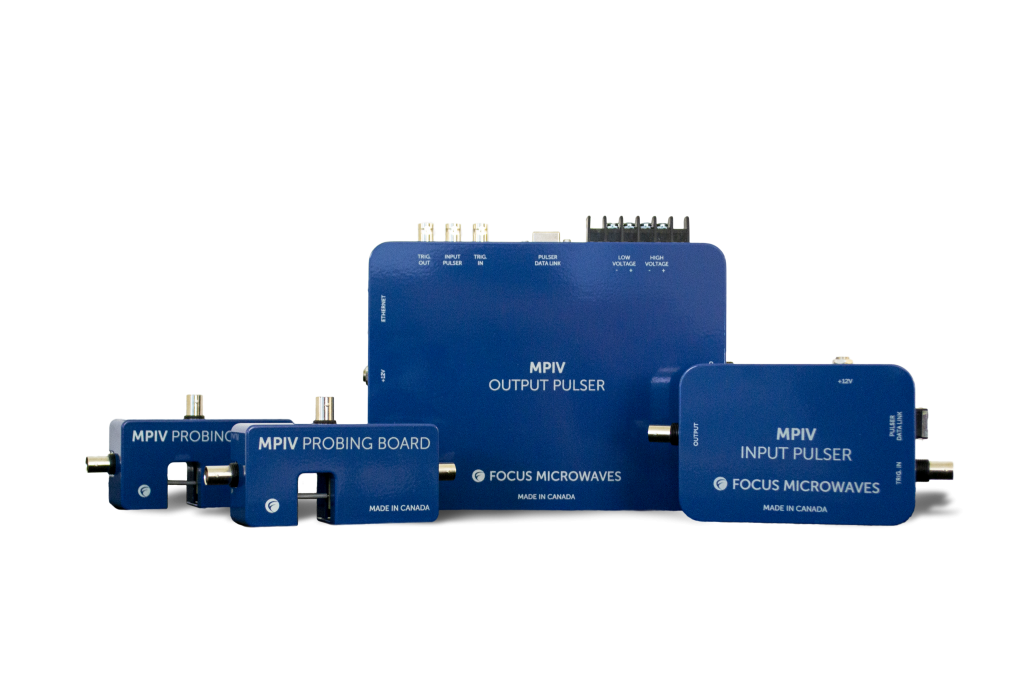Focus Microwaves - Focus MPIV 200V
Empower your semiconductor device characterization with MPIV. Ideal for high power current and voltage measurements, it offers precise pulsing capabilities with adjustable parameters and customizable solutions for your specific needs.
The MPIV – Modular Pulsed IV is used for High Power current & voltage characterization of semiconductor devices. It is also well suited for applications requiring precise high current and voltage pulses. The Drain Pulse Module (DPM) uses an external high-current supply while the Gate Pulse Module (GPM) has an internal high-precision voltage supply. Additionally, the MPIV can be synchronized with an external or internal trigger.
The DPM is the core of the system. Its internal microcontroller uses precision Pulse Width Modulation (PWM) modules with complementary outputs and programmable dead-time in order to generate and synchronize the pulses for both drain and gate bias. The pulse width is adjustable from 200ns to 2ms; pulse repetition rate from 500Hz to 1MHz, with a maximum duty cycle of 50%. Two internal N-channel MOSFETs within the drain module support voltages up to 200V and currents up to 17A. Both the pulse and quiescent bias voltages are delivered via external DC power supplies thereby making the Modular Pulsed IV a customizable solution.
For more advanced capability, check out our High Precision IV, Auriga AU-5 or view our Youtube video
Setup
The GPM operates as a slave module controlled by the DPM. Internal precision Digital Analog Converters (DAC) are used to adjust the gate voltage in the range of ±10V, with a 5mV resolution. The output buffer amplifier delivers up to 100mA.
Voltage and current measurements are performed using a high speed 4-channel digital oscilloscope. Voltages are sampled directly on the gate and drain bias-tee sense terminals; the drain current is measured using a high-speed high sensitivity current probe.

Specifications
Features
- High power capability: +/- 200V, 17A.
- Minimum pulse width: 200ns.
- Modular design which enables multiple configurations.
- Shared library. The MPIV can be used as a standalone instrument using an ActiveX library, which easily integrates into existing test software.
- Flexible Input/Output. Choose between high power and high precision pulse modules to create acustomized setup for your specific application.
- Compatible with Focus Microwaves’ device characterization software (Load Pull Explorer, LPEx).

